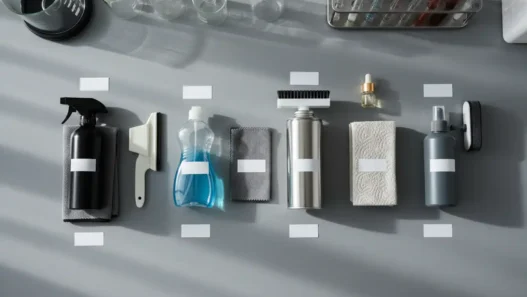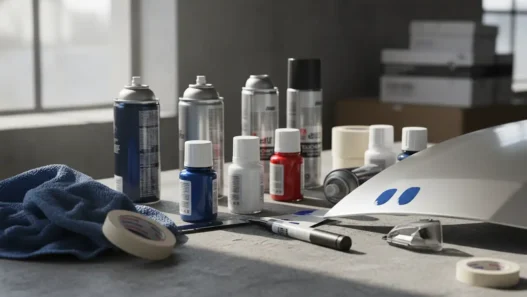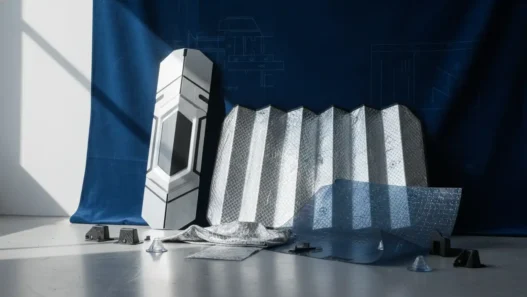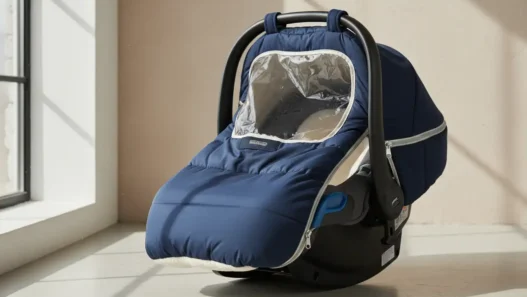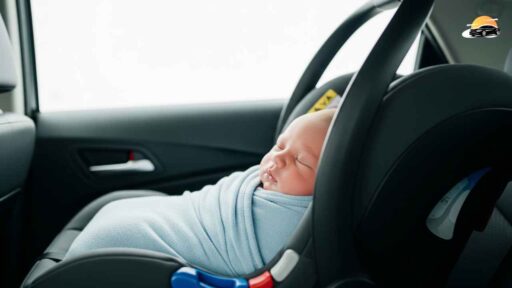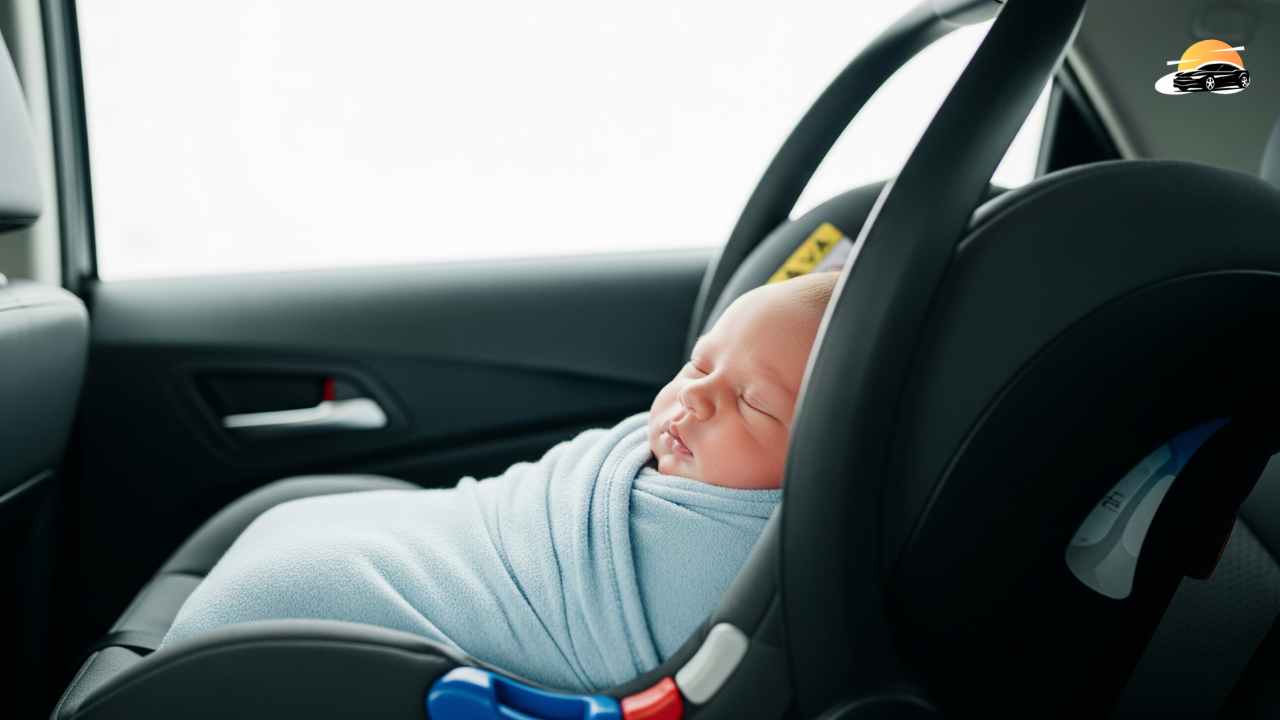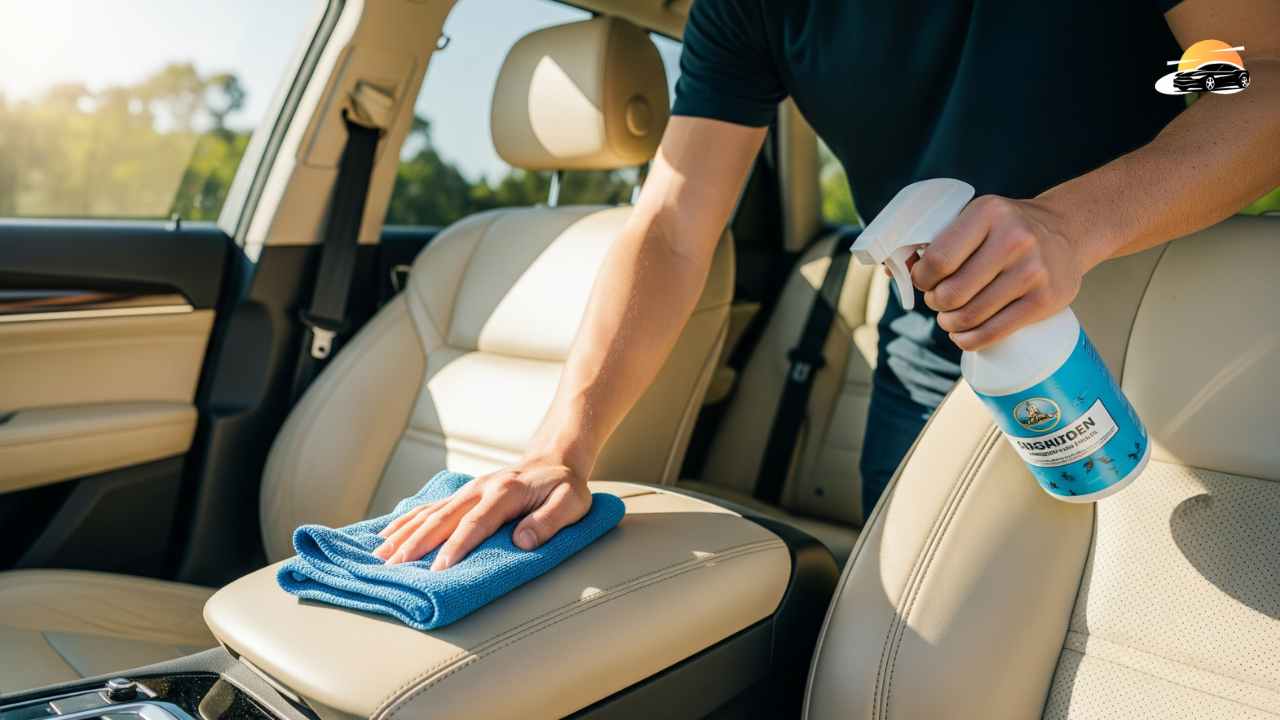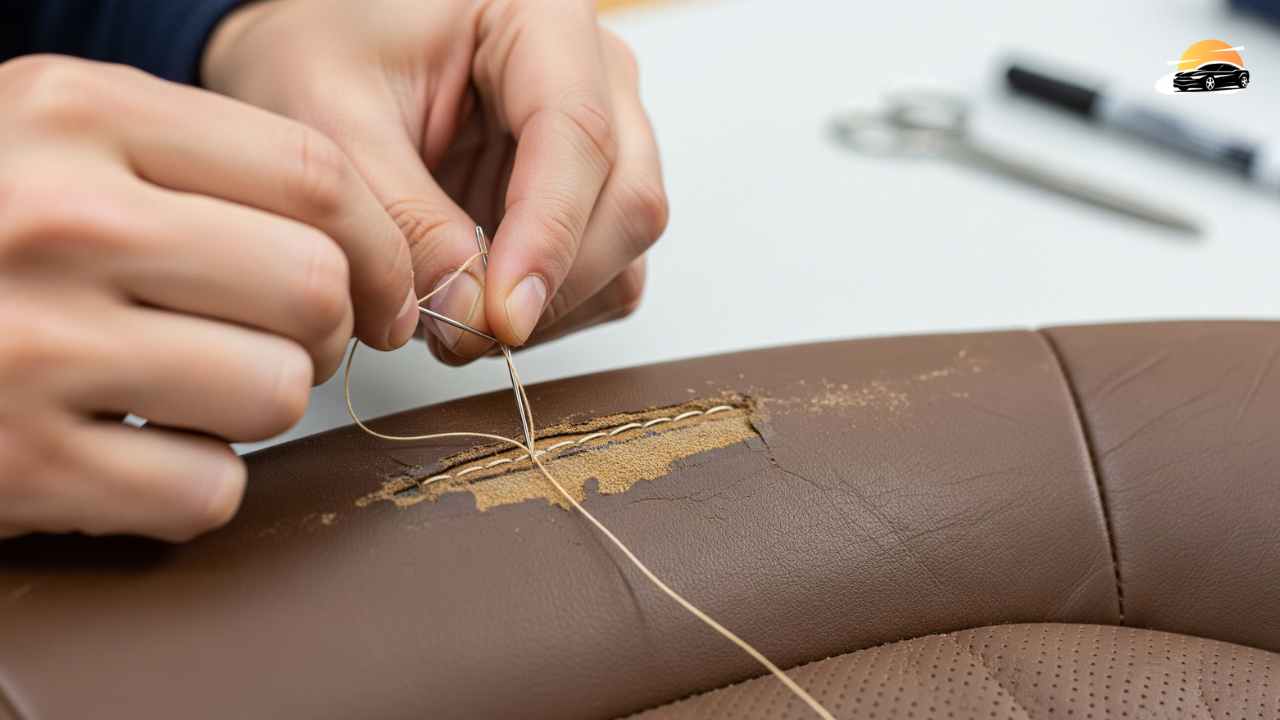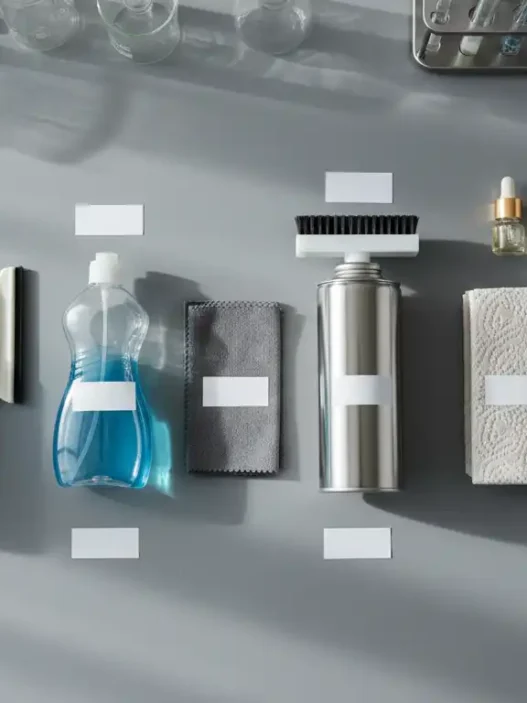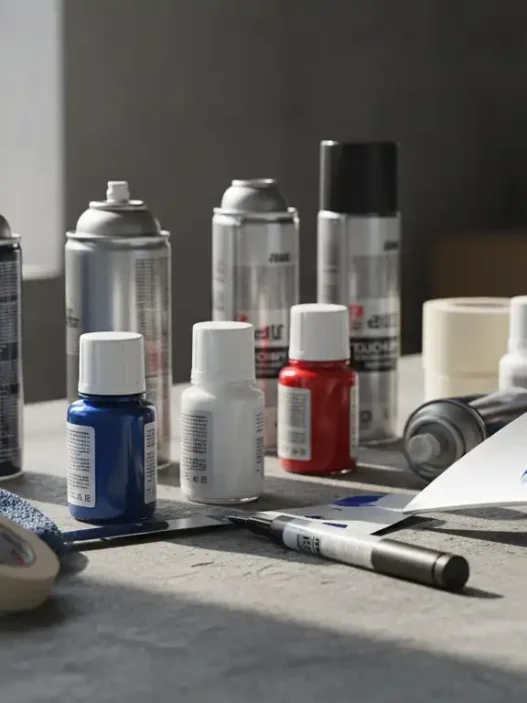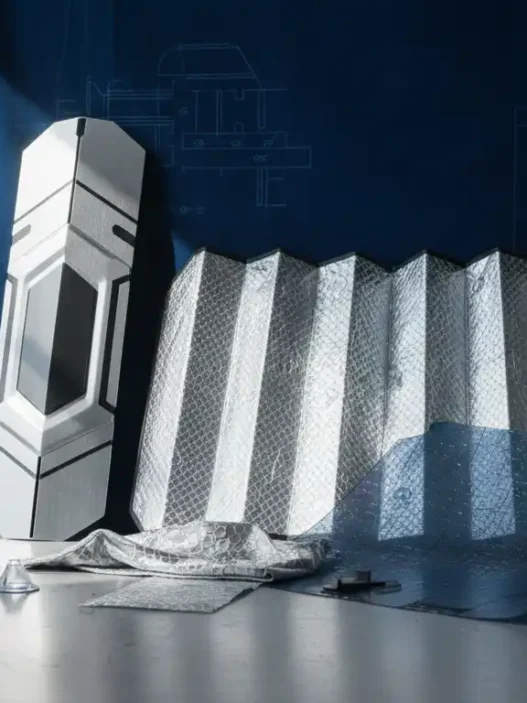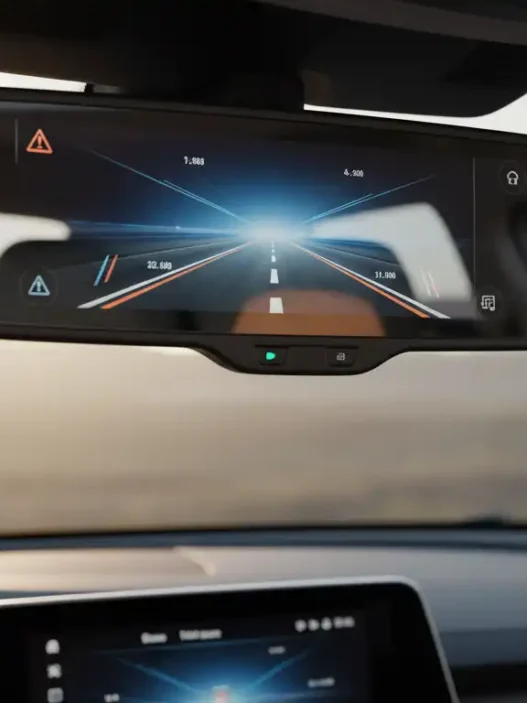When to Take Newborn Insert Out of Car Seat: Parental Safety Concerns Shake Baby Gear Market
Did you know that something as simple as a newborn insert can be the difference between a safe ride and a crash risk that could harm your baby? Recent studies show that improperly fitted car seats contribute to over 50% of child passenger injuries, and many of these issues stem from incorrect use of newborn inserts.
Sales of infant car seats jumped 12% in 2024, according to industry tracker Circana, as more millennial and Gen Z parents entered the market. But now, a less-discussed issue is stirring debate and maybe panic in some households: when exactly should parents remove the newborn insert from a car seat?
This isn’t just a parenting blog-type question. It’s a billion-dollar consumer safety flashpoint. The wrong move could increase risks of poor posture, breathing obstructions, and even recalls if misuse becomes common. Companies like Graco, Britax, and Chicco are feeling the heat as pediatricians, regulators, and wary parents press for clearer guidance. The uncertainty affects more than nervous moms and dads; it ripples across manufacturers, investors, and retailers betting on steady car seat demand.
In this comprehensive guide, we’ll explore when to take a newborn insert out of a car seat through the lens of professional safety standards and real-world expertise. Whether you’re a pediatric nurse, child passenger safety technician, daycare director, or healthcare professional who advises families daily, you’ll walk away with evidence-based tools to educate parents, spot dangerous mistakes quickly, and inspire safer travel habits that protect the tiniest passengers.
The Data
By the numbers, the car seat market looks robust but volatile:
$5.7 billion: Size of the global infant car seat market in 2023, projected to hit $8.2 billion by 2028, per Market Research Future.
67% of parents misuse car seats at least once, often involving chest clips, straps, or inserts, according to the National Highway Traffic Safety Administration (NHTSA).
Pediatricians estimate 40% of infants are kept in inserts too long beyond the “newborn” phase, which is usually capped at about 11-12 pounds or when a baby’s shoulders no longer align properly.
Here’s the thing: most manuals explain insert usage in fine print, usually one or two lines. Graco, Chicco, and Maxi-Cosi products all provide weight-based or developmental thresholds. But parents? They’re overwhelmed by contradicting blogs, Instagram advice, and word-of-mouth shortcuts.
That gap between technical standards and day-to-day parenting is now coming under scrutiny.
The Trending Questions That Keep Professionals Awake
Why do so many parents get the timing wrong?
Ever watched a family struggle with a cramped 4-month-old still squeezed into a newborn insert, while another removes it too early for a 6-week-old who’s drowning in the seat?
Is there really a “magic number” for removal?
With manufacturers throwing around different weight limits—some say 11 pounds, others focus on fit- what’s the real professional standard?
What happens when you guess wrong?
The consequences aren’t just discomfort. Poor positioning can compromise crash protection and even create breathing risks during car rides.
How do you explain this to anxious parents?
When a family asks, “Is my baby safe?” what’s the quickest way to assess and educate without overwhelming them?
These questions pop up in every NICU discharge, pediatric checkup, and safety event. The answers can literally save lives.
The Science Behind Newborn Inserts
Newborn inserts aren’t just comfort accessories; they’re engineered safety components. These removable cushions serve three critical functions:
Positioning support: They lift tiny babies so the harness sits correctly at or below shoulder level for rear-facing protection.
Airway management: Proper inserts keep the head neutral, preventing the dangerous chin-to-chest position that can compromise breathing.
Crash energy distribution: They’re tested as part of the seat’s overall safety system, designed to work with the seat’s structure during impact.
But here’s the professional reality: babies grow fast, and yesterday’s perfect fit becomes today’s safety hazard. What starts as essential support can quickly become a positioning problem that forces harness straps too high, tips the head forward, or creates dangerous slack.
When to Take Newborn Insert Out of Car Seat
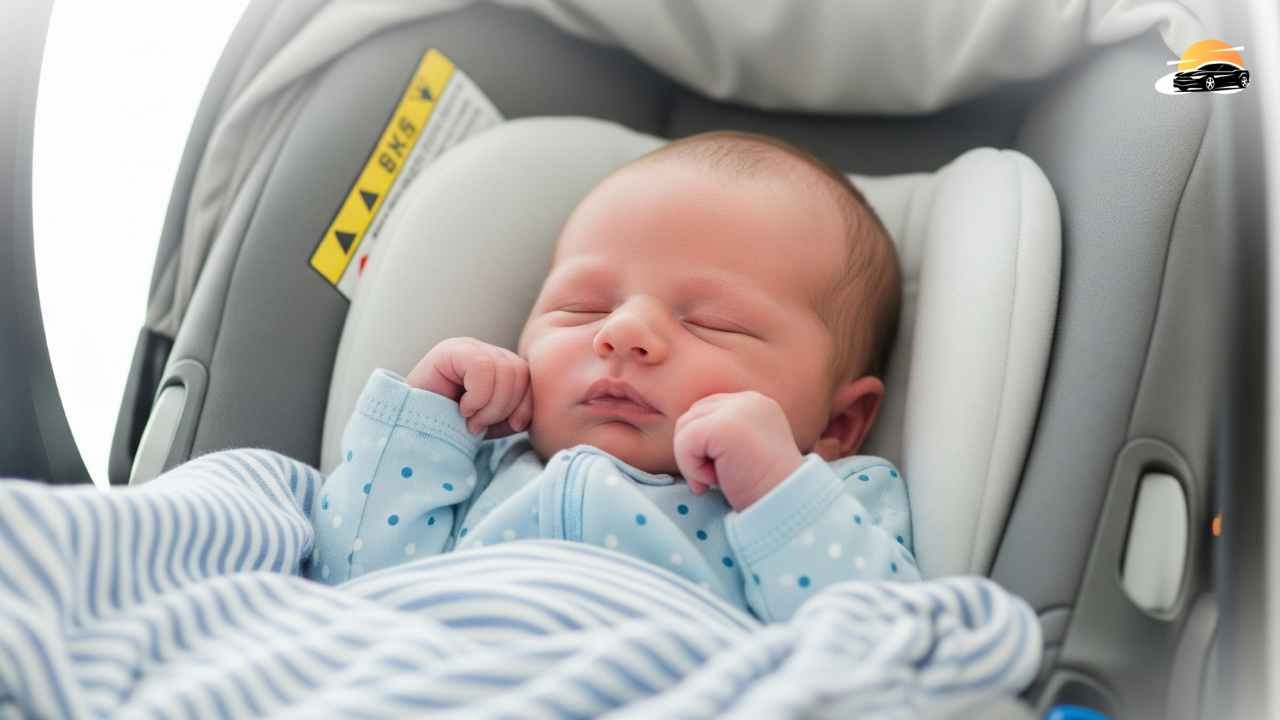
As professionals, we need clear, repeatable criteria that work across different brands and situations. Here’s the systematic approach:
1. Manual First, Always
Check manufacturer guidelines: Most specify weight limits (commonly 10-12 pounds) or physical indicators.
Distinguish between components: Some seats have separate rules for head huggers versus body inserts.
Note model-specific exceptions: Premium brands like Nuna may have different thresholds.
2. The Professional Fit Assessment
Harness geometry check:
Straps must be at or below the shoulders for rear-facing.
No pinching slack at the collarbone (pinch test).
Chest clip positioned at armpit level.
Airway positioning:
Head neutral, not pushed forward.
Chin clear of chest during sleep.
Proper recline angle maintained.
Growth indicators:
Shoulders appear cramped or forced upward.
Baby looking “perched” too high in the seat.
The insert is causing harness routing problems.
3. Red Flag Scenarios Requiring Immediate Action
Critical safety compromises:
Harness straps riding above shoulder level.
Visible chin-to-chest positioning during rest.
Insert pushing the baby so high that proper recline is impossible.
Shoulders are visibly compressed or uncomfortable.
These aren’t “wait and see” situations—they require immediate intervention.
Step-by-Step Professional Removal Protocol
Pre-removal assessment:
Document current weight, length, and age.
Photograph the current fit for comparison.
Review the seat manual for specific guidelines.
Prepare tools: measuring tape, manual, and inspection checklist.
Removal process:
Secure the environment: Park on level ground, engage the brake.
Loosen completely: Unbuckle the harness, remove shoulder pads.
Document routing: Note how the straps thread through the insert slots.
Remove systematically: Body insert first, following the manual sequence
Reassemble correctly: Thread straps, check slot height, retighten
Optimize settings: Adjust recline angle, verify harness height
Conduct fit test: Pinch test, chest clip position, head posture
Test drive: Short supervised trip, recheck positioning
Post-removal verification:
Harness at or below the shoulders
No slack at the collarbone or hips
Neutral head position maintained
Proper recline angle for age/size
Step-By-Step Guide: When to Remove the Newborn Insert (Consumer Lens)
While the business angle dominates, parents still want clarity. Here’s a distilled, step-by-step expert-informed guide that manufacturers shy away from spelling out plainly:
Check the Manufacturer’s Manual
Every seat has unique thresholds. Most say inserts are for babies up to 11-12 pounds or until the shoulders rise above the slots.Monitor Baby’s Posture
If the baby looks “scrunched,” chin resting on chest, or shoulders pressing tightly, the insert is likely too snug.Look for Head Control
Once infants show more independent head control (around 2-4 months), inserts often become less critical.Watch Breathing
Safety tech consultants emphasize: the goal is an open airway. If the insert interferes with that, remove it.Use Fit Test Tricks
Strap test: one finger between the strap and the baby’s chest, not loose. Hip check: no slumping sideways.
Experts agree: err on the side of safety, not convenience.
Real-World Professional Case Studies
Case Study 1: The NICU Graduate
Sarah, a 34-week preemie, is finally going home at 6 weeks old, weighing 8 pounds:
Challenge: Standard removal guidelines don’t apply to preemies.
Assessment: Car seat tolerance test shows good positioning with the insert.
Decision: Keep full insert, schedule weekly reassessment.
Outcome: Safe discharge, parents educated on growth monitoring.
Case Study 2: The Daycare Dilemma
Multiple families dropping off babies with incorrectly fitted seats:
Challenge: 12-pound baby still in newborn insert, shoulders cramped.
Assessment: Quick visual inspection reveals the harness riding high.
Action: Emergency refit, parent education, referral to CPST.
Impact: Immediate safety improvement, facility protocol updated.
Case Study 3: The Anxious Parents
First-time parents are terrified to remove anything from the car seat:
Challenge: 4-month-old, 14 pounds, obvious fit problems.
Approach: Show before/after positioning, explain crash protection.
Education: Hands-on demonstration of proper fit checks.
Result: Confident parents, properly fitted seat, scheduled follow-up.
The Professional Analysis Table
| Scenario | Weight/Age | Insert Status | Fit Issues | Safety Risk Level | Professional Action | Expected Outcome |
|---|---|---|---|---|---|---|
| Standard removal threshold | 11+ lbs / 3-4 months | Body insert in | Harness above shoulders | HIGH | Remove the body insert, adjust the straps, and recheck the recline | Restored crash geometry, improved comfort |
| Preemie special case | 7 lbs / 8 weeks corrected | Full insert | Appropriate fit maintained | LOW | Monitor weekly, tolerance test if needed | Continued safe positioning until growth |
| Late removal | 15 lbs / 5 months | Still fully padded | Severe crowding, head tilt | CRITICAL | Immediate removal, full refit, parent education | Emergency safety restoration |
| Premature removal | 6 lbs / 6 weeks | Insert removed | Harness too high, neck contact | CRITICAL | Reinstall per the manual, adjust everything | Proper support restored |
| Convertible seat issues | 10 lbs / 3 months | Aftermarket padding | Non-tested accessories | HIGH | Remove all non-OEM items, verify manual compliance | Return to manufacturer specifications |
| Growth spurt case | 12 lbs / 2.5 months | Head hugger only | Body fits, head neutral | LOW | Monitor positioning, remove head support if tilting | Optimized airway, maintained comfort |
Note: This table provides a quick reference for different professional scenarios, with clear risk assessment and action items.
The People
“A lot of parents keep the insert in long after their baby is showing cues it doesn’t fit,” says Dr. Emily Hargrove, a pediatrician specializing in child passenger safety. “The head and neck don’t align correctly, which is risky in an accident. Companies need to be louder about communicating thresholds—not hide them in a 60-page manual.”
A former Graco marketing manager told Forbes something that smells like an understatement: “Legal tells us we can’t simplify too much because if even one parent misinterprets, liability skyrockets. So we lean on vague weight-and-height ranges, then trust pediatricians and parenting groups to explain.”
Parents, unsurprisingly, are frustrated. Online forums are packed with heated threads: some mothers swap advice about keeping inserts until 15 pounds “for comfort,” while others insist removing them early is the safest bet.
From a business angle, investor relations officers privately admit the confusion matters. One retail analyst at JP Morgan noted, “If safety stories flare on social media, we see a direct hit to sell-through rates for the brands mentioned. Parents switch brands overnight.”
The Fallout
So what’s really at stake here? Car seat misuse is a public health issue, but it’s also a brand trust litmus test. Companies like Graco have invested millions in R&D around ergonomic foam, extended rear-facing designs, and comfort padding. Yet, they still risk losing ground if they look tone-deaf to stressed parents.
Consider this: in 2022, Evenflo recalled 191,000 car seats over buckle defects. The real damage wasn’t lawsuits—it was consumer trust. Parents don’t forgive easily when it comes to child safety.
Now imagine a viral TikTok saying, “Graco didn’t tell us when to remove the newborn insert, so my kid was unsafe.” Even if rare, that narrative costs millions. Brand strategists point out that in today’s parenting economy, reputation carries as much weight as regulatory approval.
Analysts currently predict that miscommunication around infant accessories (inserts, strap cushions, head supports) will drive more stringent U.S. labeling laws within 3-5 years. That could clamp down on creative marketing claims, forcing clearer packaging. Investors could see short-term compliance costs rise. But clearer messaging might reduce liability—and lawsuits—long term.
Here’s another wrinkle: the market is shifting culturally. Gen Z parents are used to minimalist, evidence-based products. “They don’t want extras—they want safety proven by data,” says retail strategist Morgan Adler. That’s good news for premium European designs, but it raises pressure on U.S. mass-market players to prove inserts aren’t just fluff.
More Industry Context
To grasp why this small insert issue sparks such big business consequences, you have to see the bigger market churn.
Millennial parents now make up 80% of new car seat buyers; they demand transparency and product demos before buying.
Regulatory tension: The NHTSA has been pressure-testing stricter language on infant seat inserts since 2021. Nothing formal yet, but documents reviewed by sources suggest draft rules about “maximum newborn insert weight tolerance” could roll out by 2026.
Competition creep: Tech-driven startups like Doona push integrated stroller-car seat hybrids where inserts are either non-removable or auto-adjusting, bypassing consumer confusion.
If that adapts well in U.S. markets, legacy players (Graco included) may need to overhaul their design pipelines, shifting marketing spend away from “options” toward “built-in fit guarantees.” That pivot eats into margins but could future-proof market share.
The Investor Angle
Wall Street has noticed. Baby gear isn’t Tesla, but it’s strategic consumer goods. Analysts at Morningstar tagged Graco-parent company Newell Brands as a “moderate risk buy” in Q2 2025. Their note specifically flagged “brand perception tied to safety discourse” as a key factor in share performance.
Translation? Even a whisper of misuse or delayed guidance is a red flag for investors watching quarterly earnings. Meanwhile, boutique brands could ride a wave of authenticity, seizing slivers of market share as anxious parents abandon Big Box products.
This dynamic mirrors what happened in the organic baby food sector: niche players scaled while giants stumbled over messy labeling lawsuits. Automotive infant gear could be next.
Closing Thought
At the end of the day, deciding when to take the newborn insert out of a car seat seems like a small parental choice. Yet in 2025, it’s shaping up as both a consumer safety debate and a boardroom-level risk. The headwinds shifting parental expectations, looming regulation, and social media virality make this more than a manual footnote.
So the question looms: Will Graco and its peers seize the messaging high ground before regulators, or will they let mistrust carve up their market one parent at a time?


